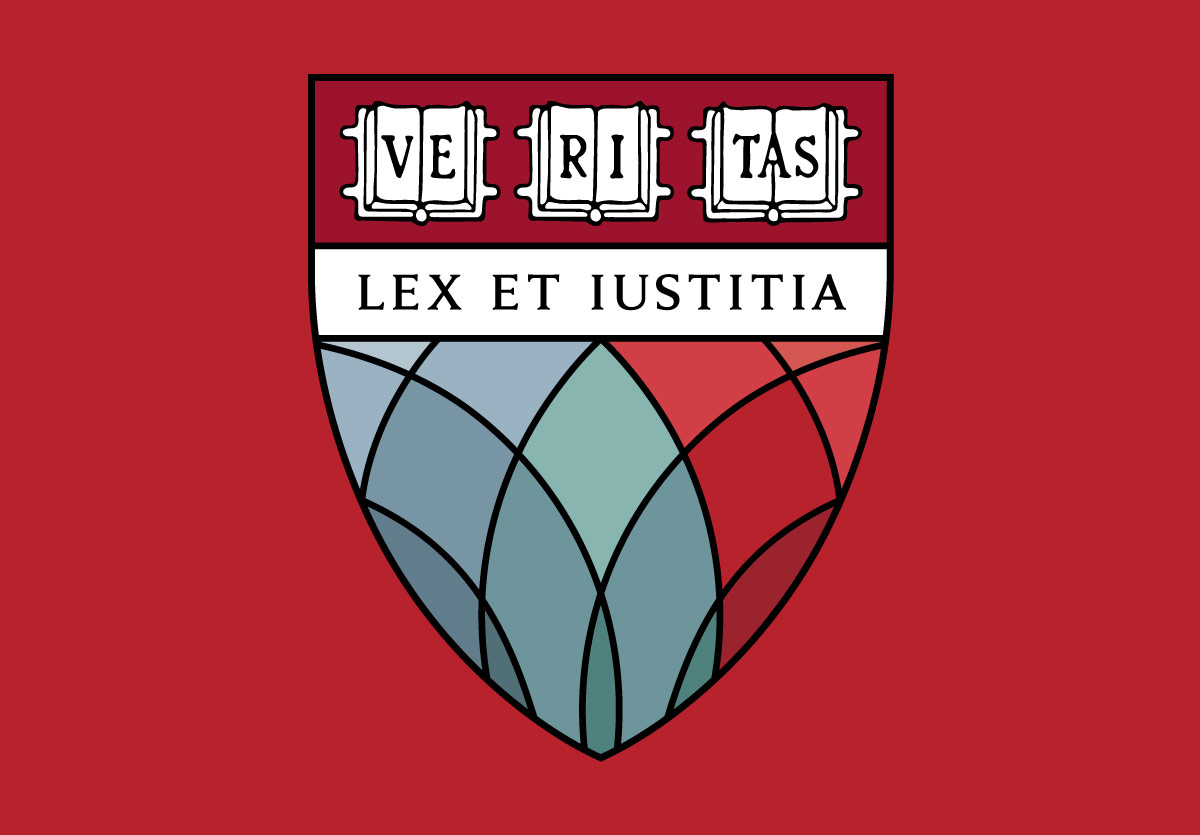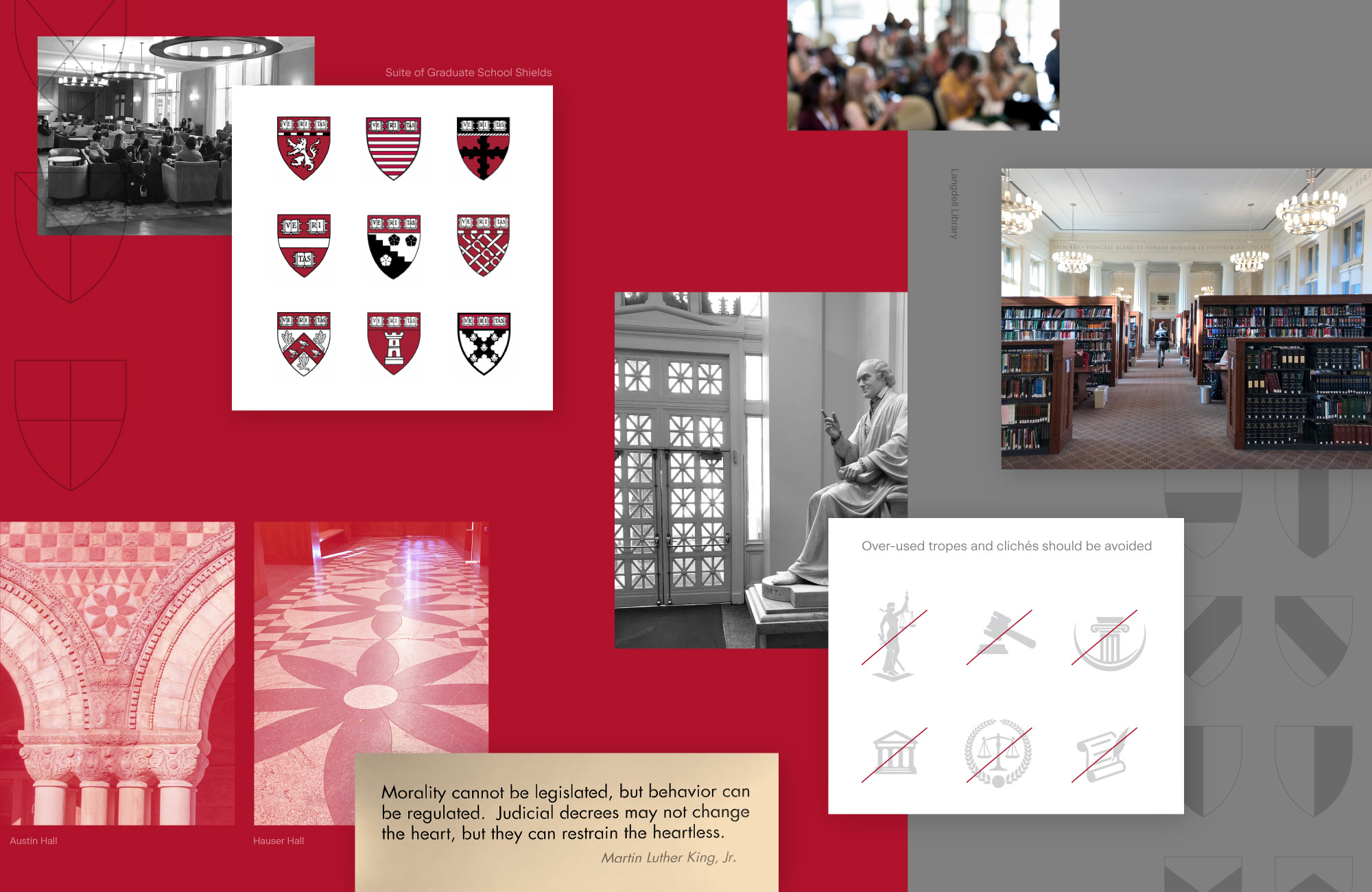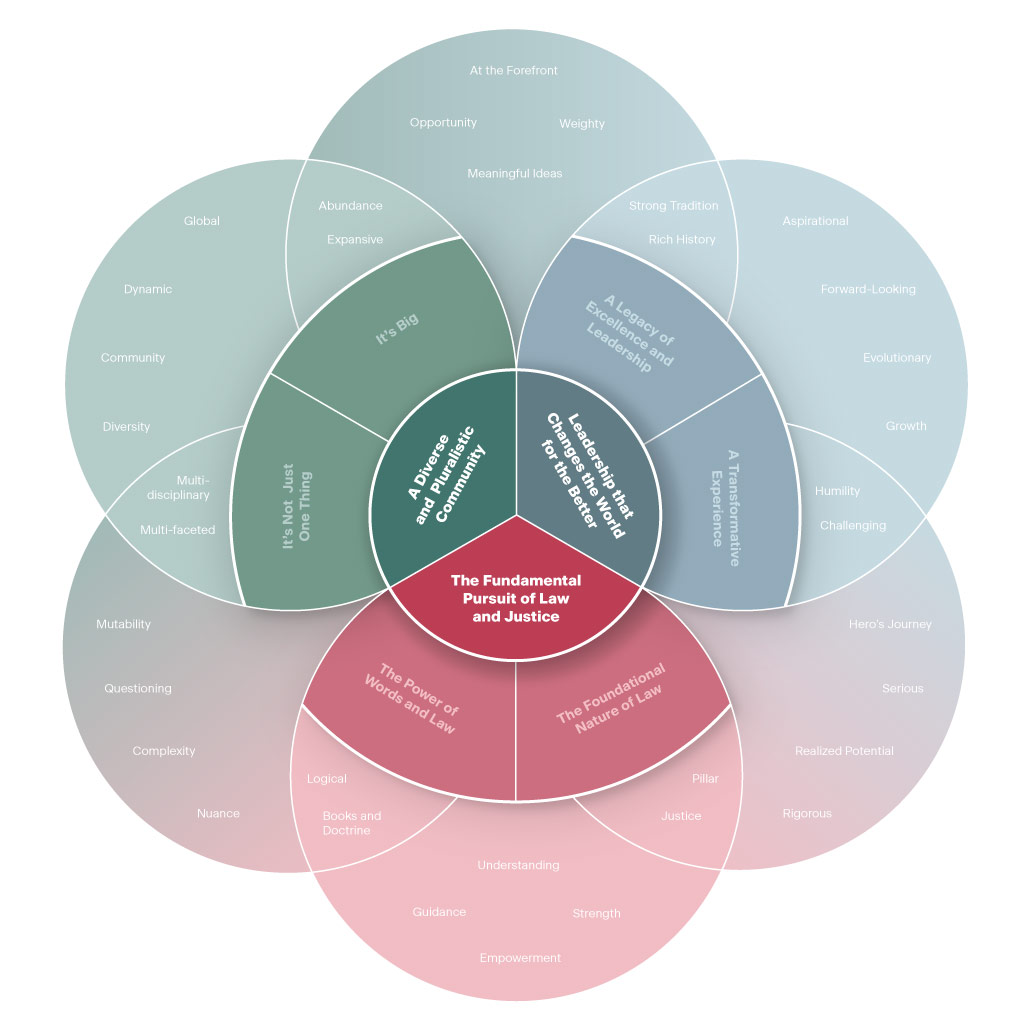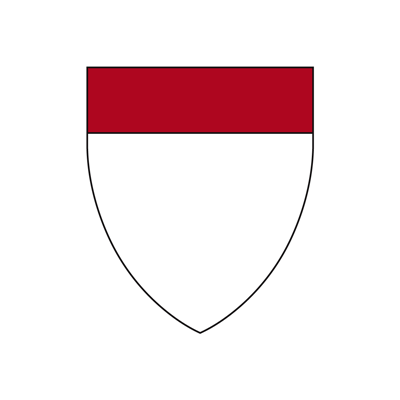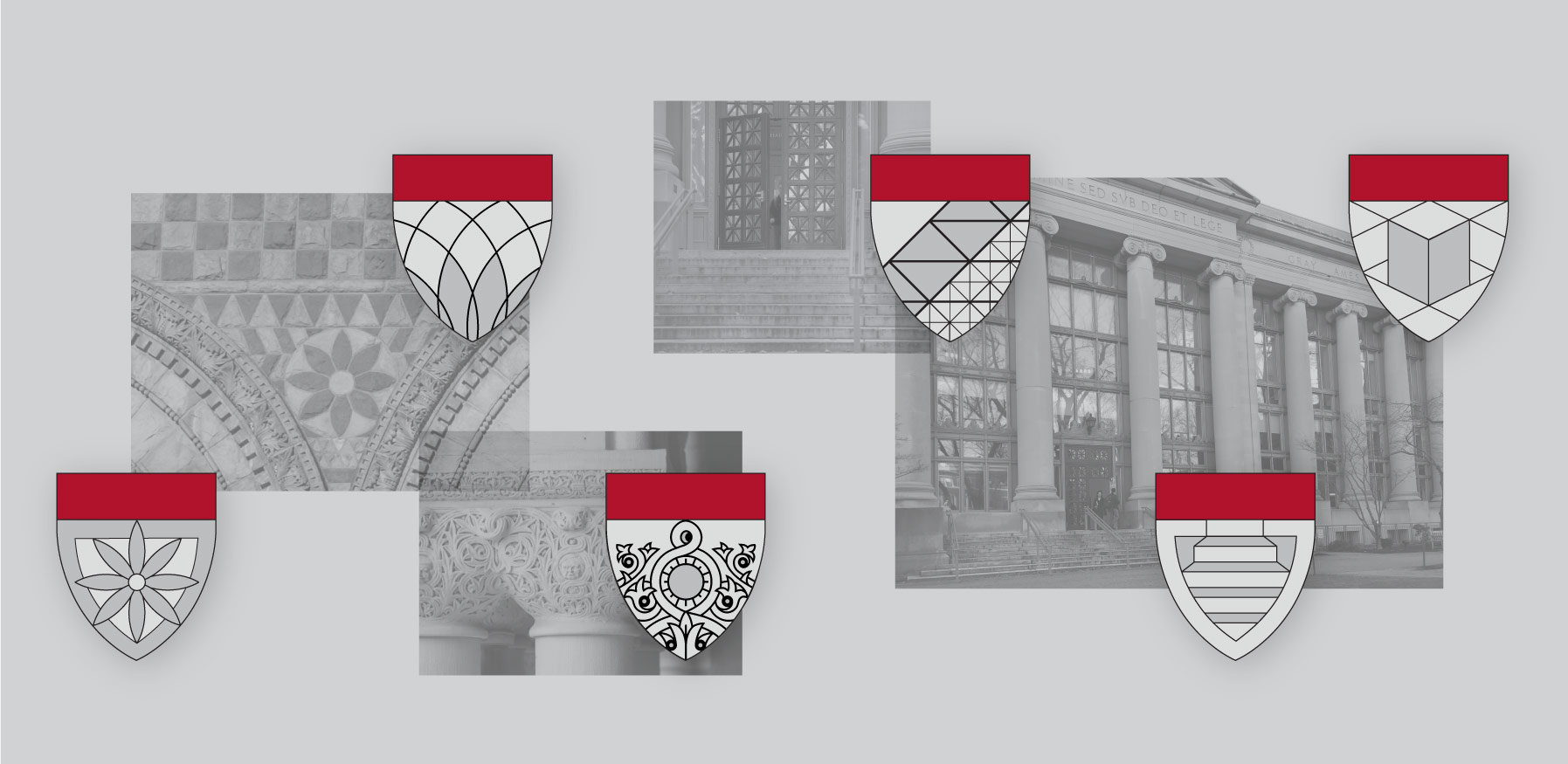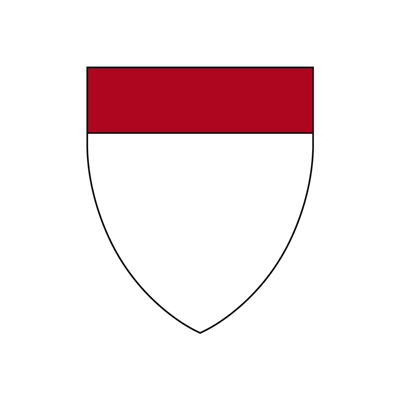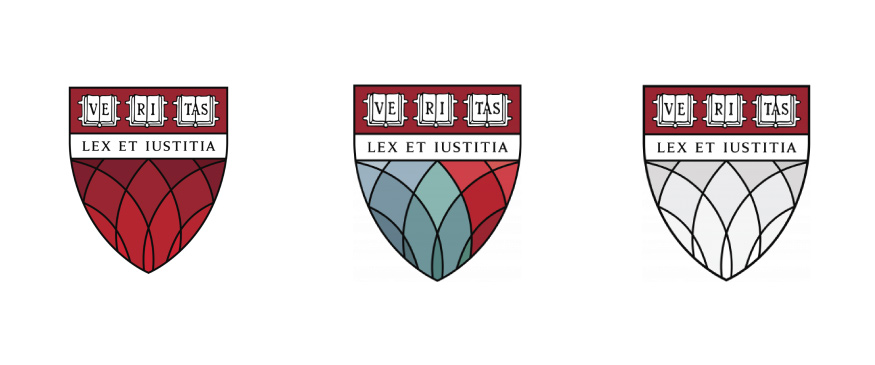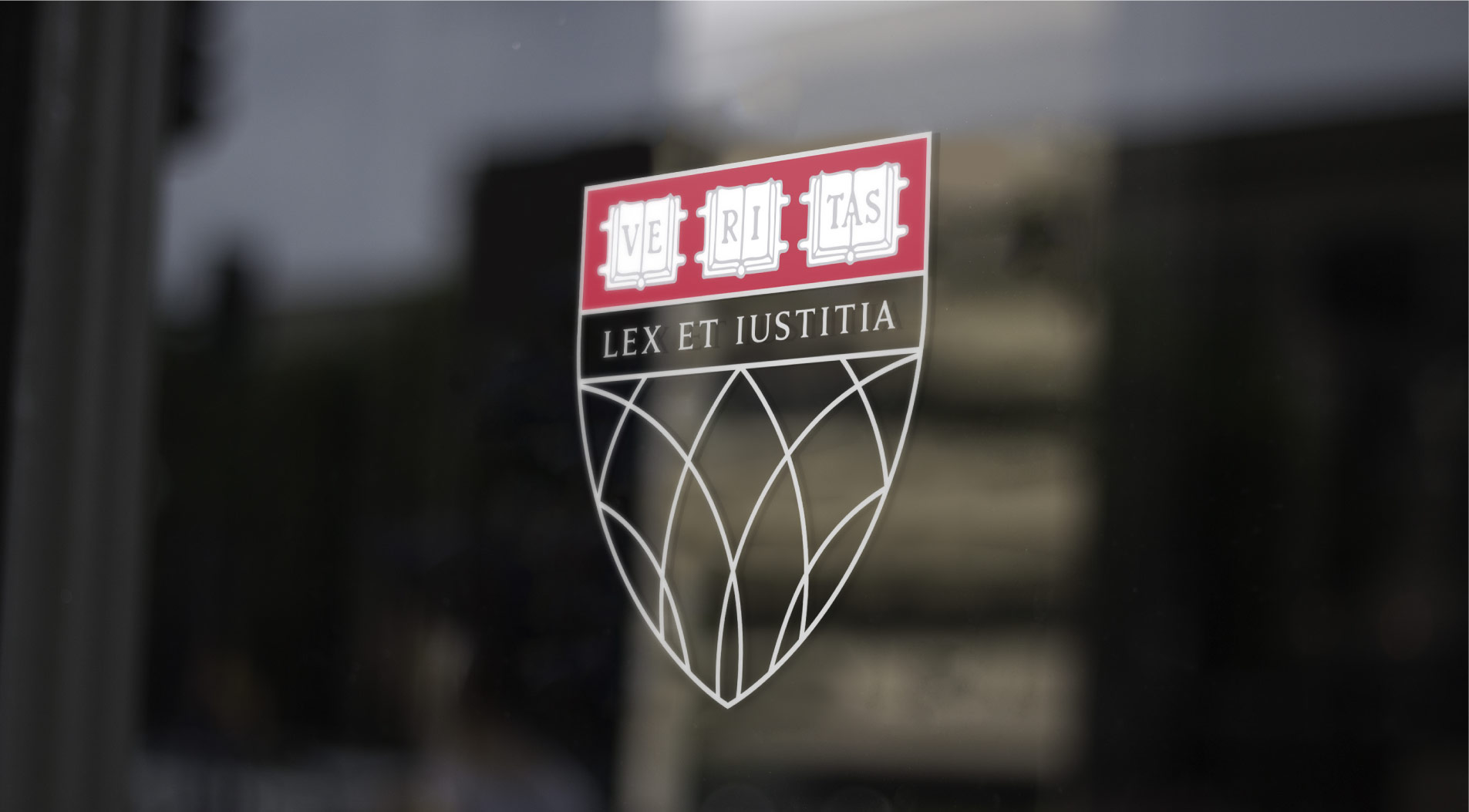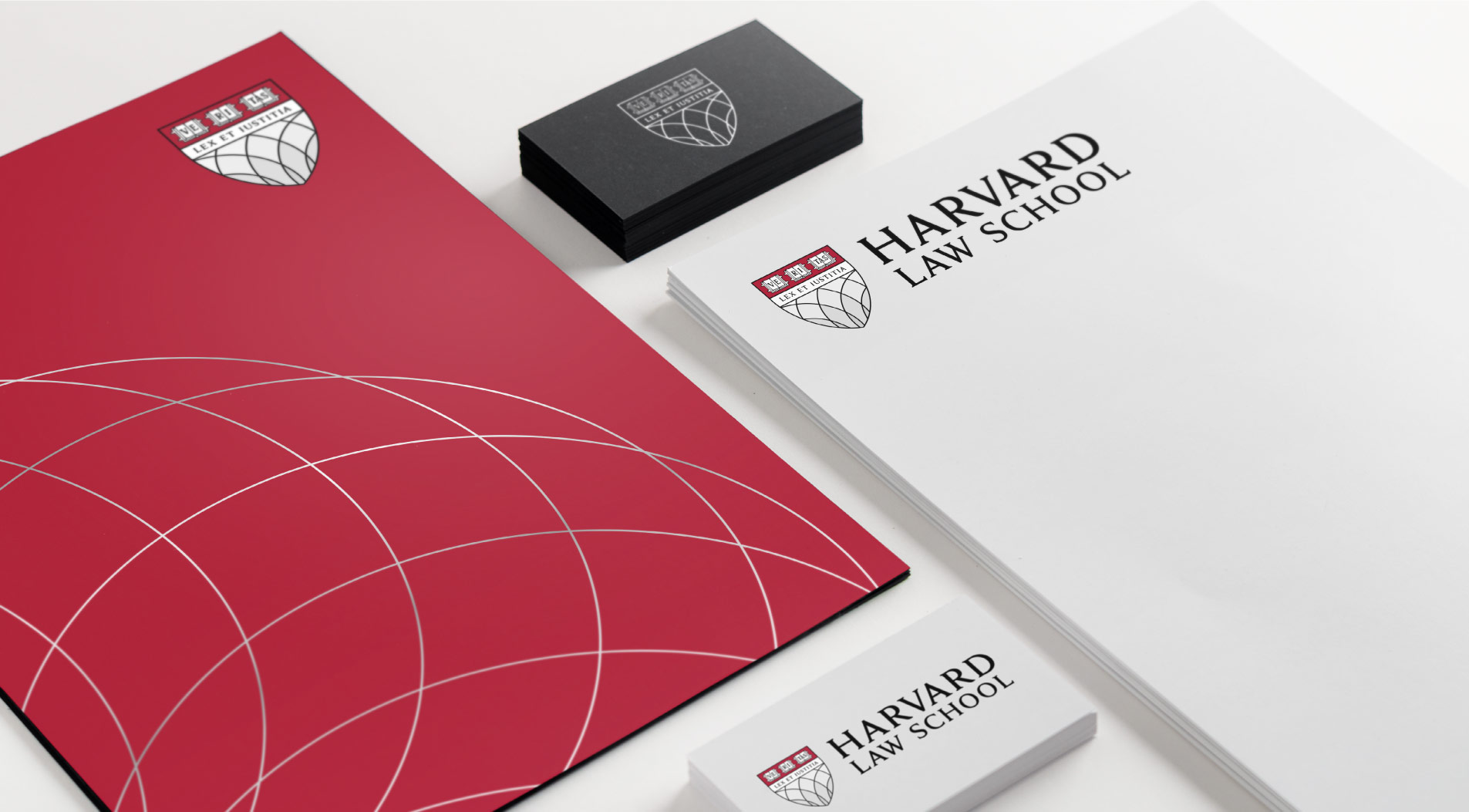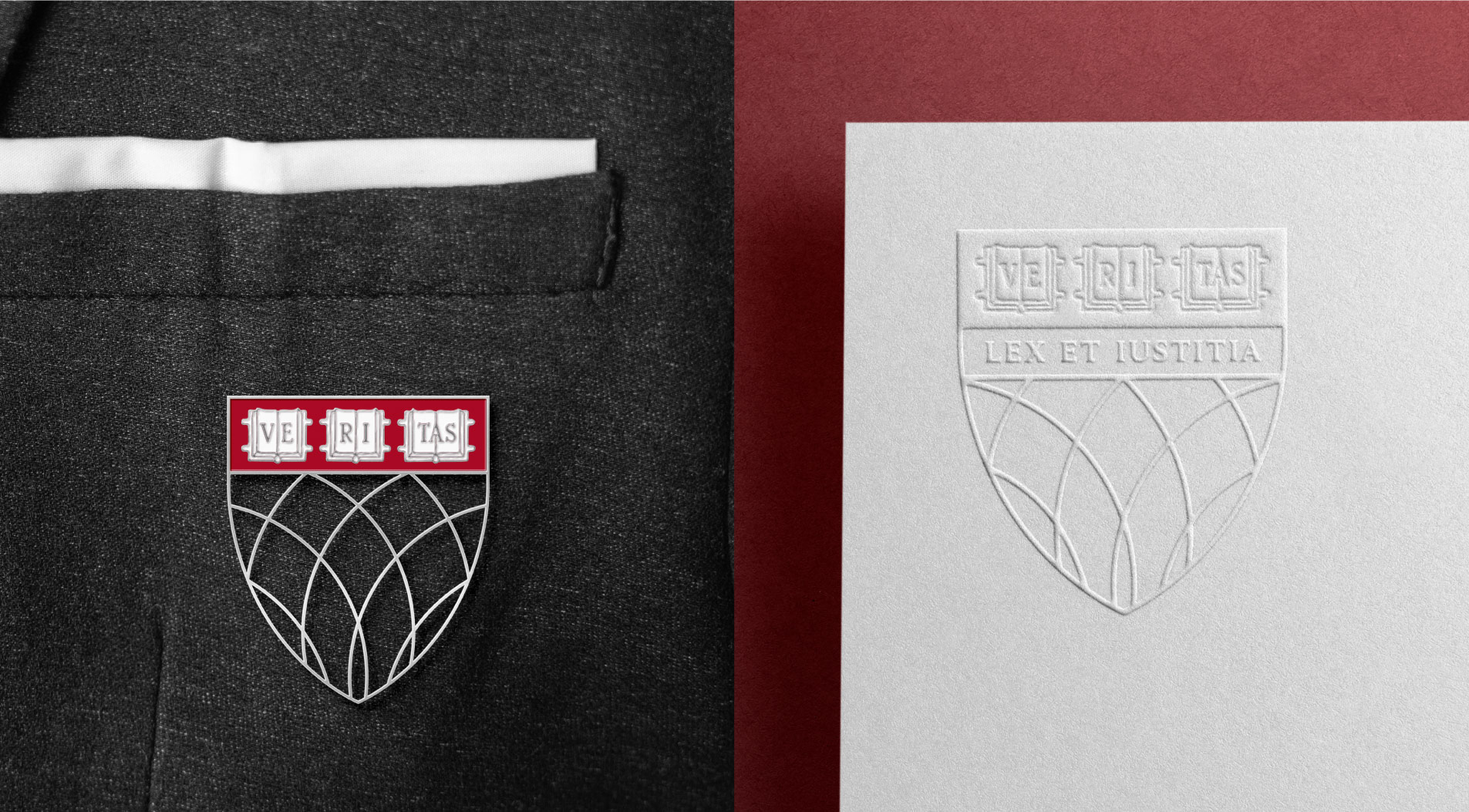Heraldry is one of the earliest forms of branding. Before logos were the common visual shorthand for corporations, a coat of arms used symbols to represent a powerful family or organization.
A logo is quick reminder of everything (positive and negative) that we know and feel about that brand—and that perception can shift dramatically over time.
In 2016, Harvard Law School’s shield was retired from use following the discovery that the design was derived from the family crest of Isaac Royall Jr., an early donor whose wealth had been acquired through the labor of enslaved people.
In 2020, a working group was formed to create a new symbol that would accurately represent the school’s values and tremendous history.
